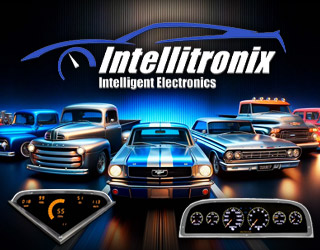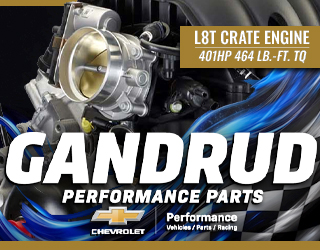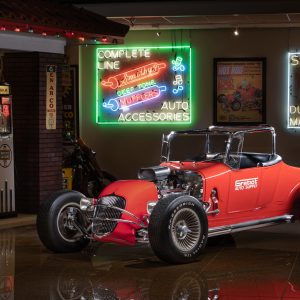Street Trucks
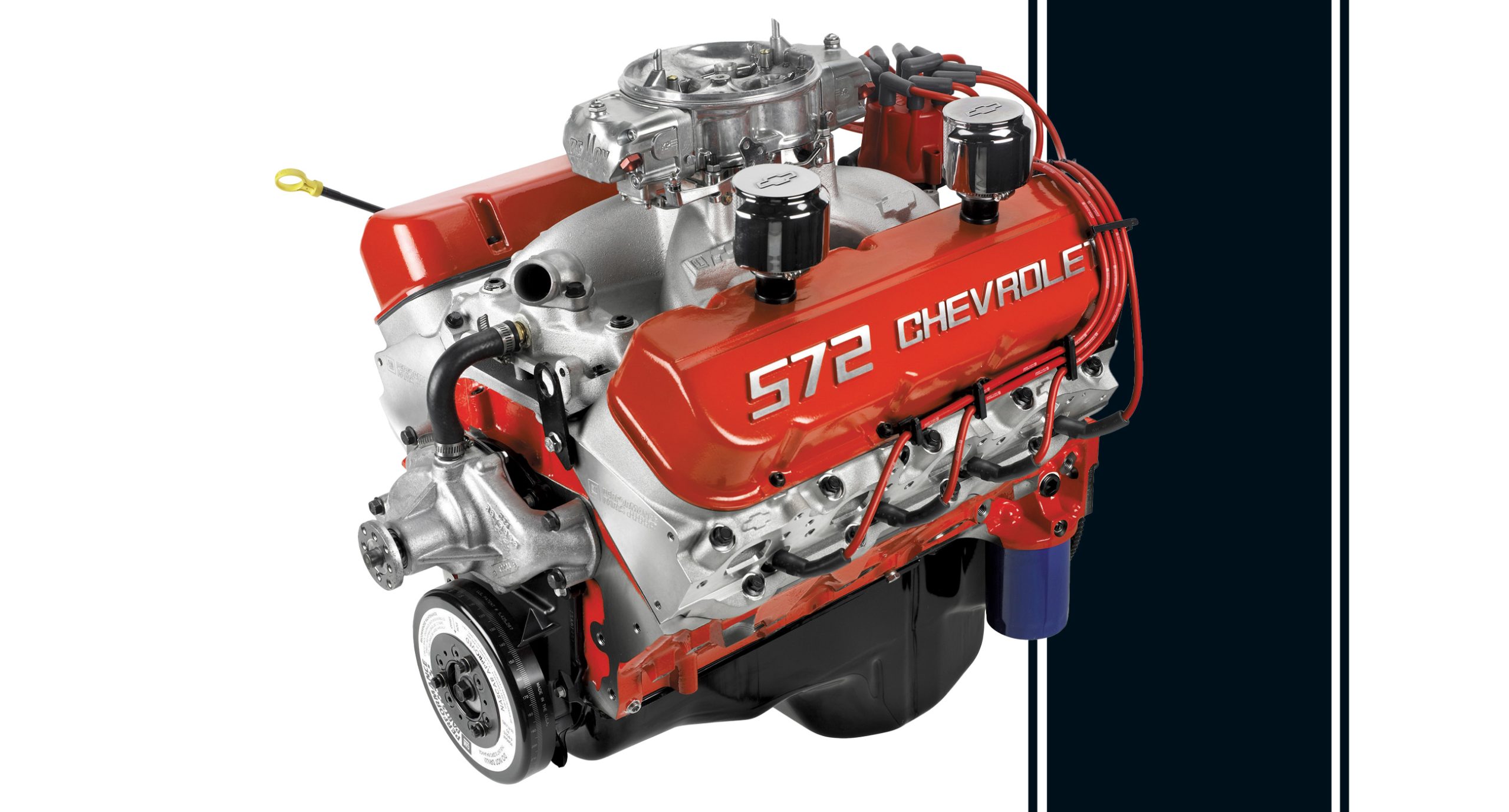
If you’ve ever imagined a time when you could simply pick up the phone or send an e-mail to General Motors and order the engine of your dreams, pull it out of a box delivered to your door and plug it into the car of your dreams, then stop dreaming as that time has come. While it’s not new information that GM Performance Parts provides an assortment of engines to choose from, it’s never been easier to select the one that is best for your budget and the intended purpose of your car.

In this day and age, getting the most power out of your late-model truck or SUV is both difficult and easy. Now that we have covered ourselves technically, we will give you the reasoning behind this convoluted theory. New vehicles are hard to work on but easy to upgrade. See? That was easy.
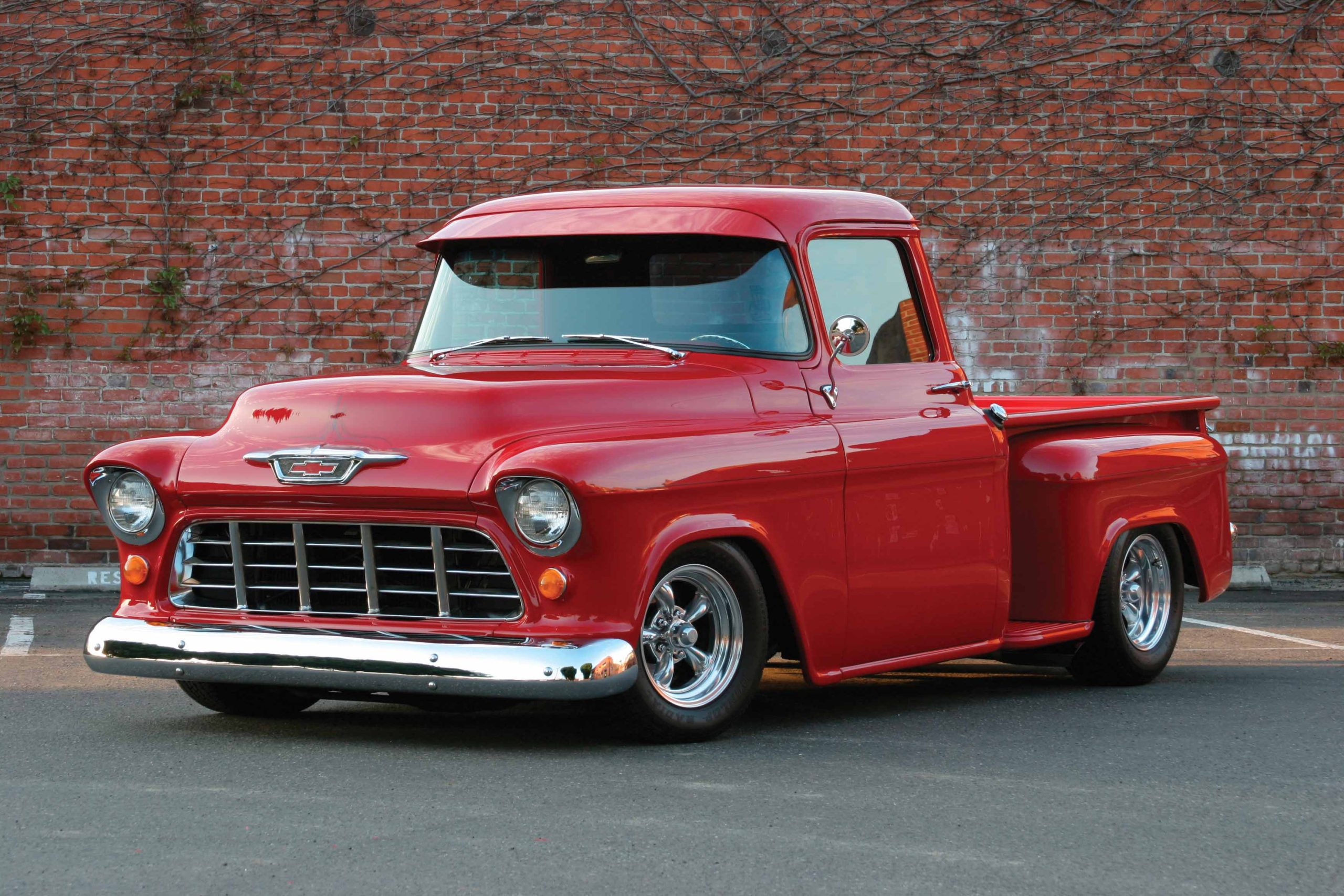
When Cisco Farias decided he wanted a classic pickup truck, there was no question about what type of truck it would be. Farias has long fostered a love of Harley-Davidson motorcycles, and it was as a kid that he noticed that the one truck that all shops and bikers seemed to have was the second series Chevrolet pickup.
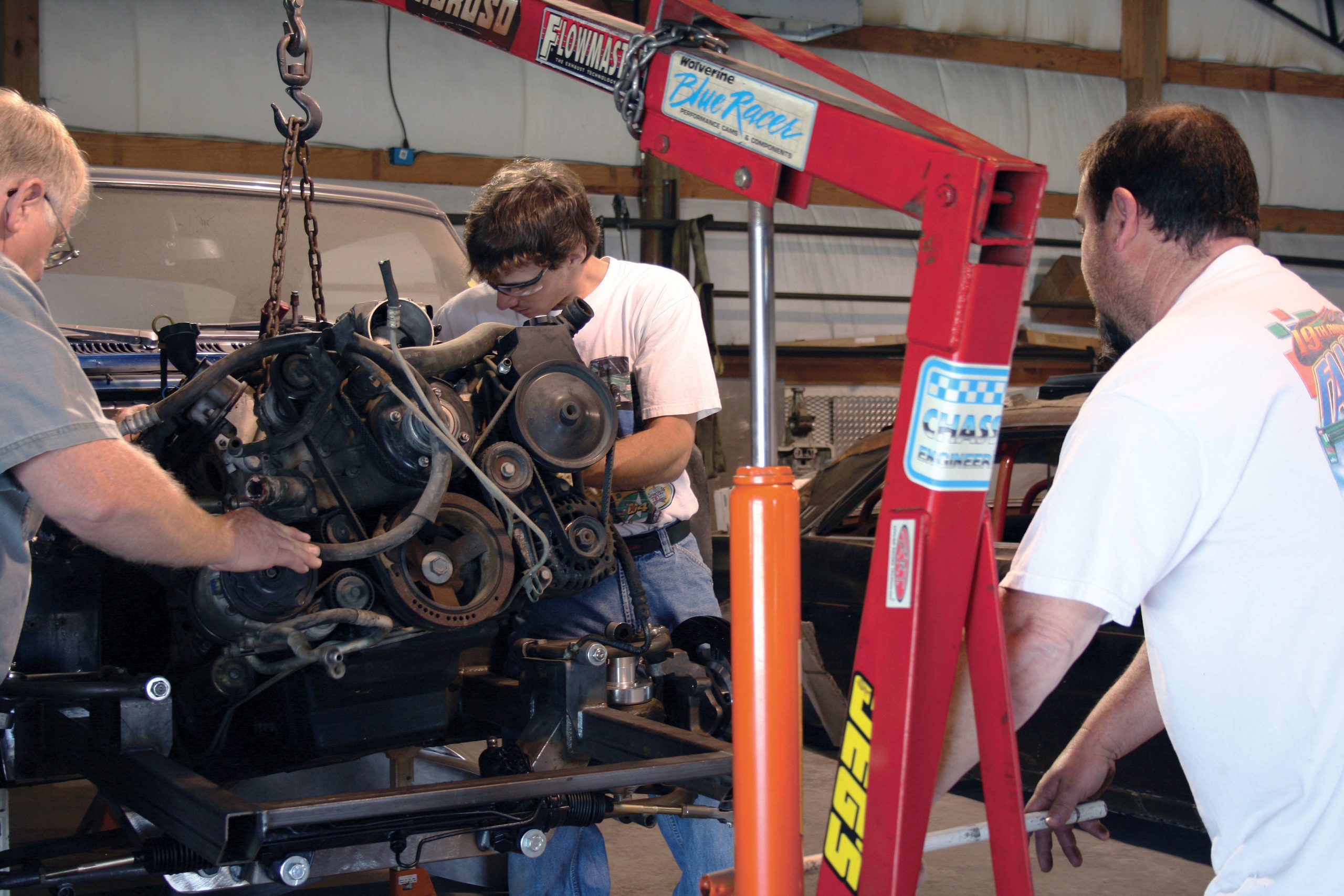
When GM introduced the Gen III small block in the F-body, it rekindled a dying performance flame with its new-generation small block. While the Gen I small block actually kick-started the hobby and got it into gear, it’s the latest family of small-block engines that has grabbed the attention of enthusiasts everywhere—and for good reason.
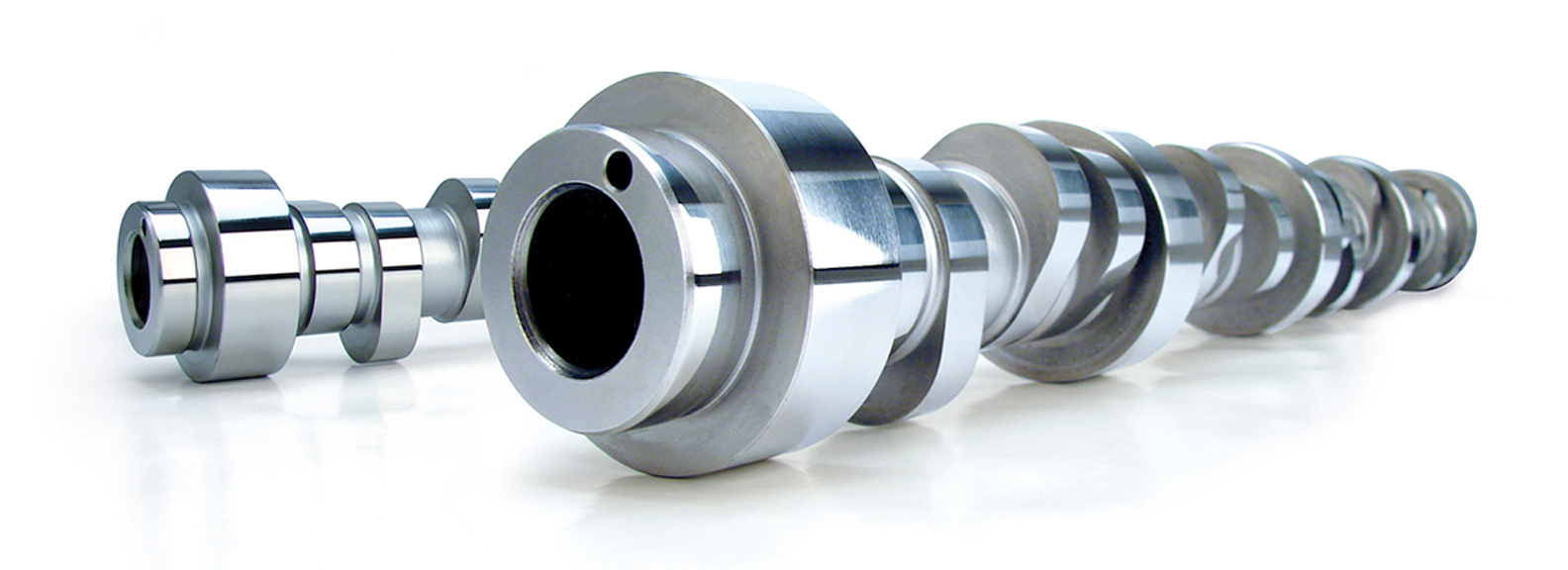
Cam-speak is a language all its own. Well, maybe not from a linguistic point of view, but it is a specialized dialect of car-guy talk. Although spoken by a good portion of enthusiasts, Cam-speak is really fully understood by only a handful of those same enthusiasts, as it is a very specialized, nuanced dialect. Those who do not speak the lingo can instantly be singled out. Those who are fluent in cam-speak are listened to intently, even when those listening do not fully comprehend whatʼs being said and how to apply it to their particular applications. Few within our ranks are particularly fluent in this highly specialized jargon.
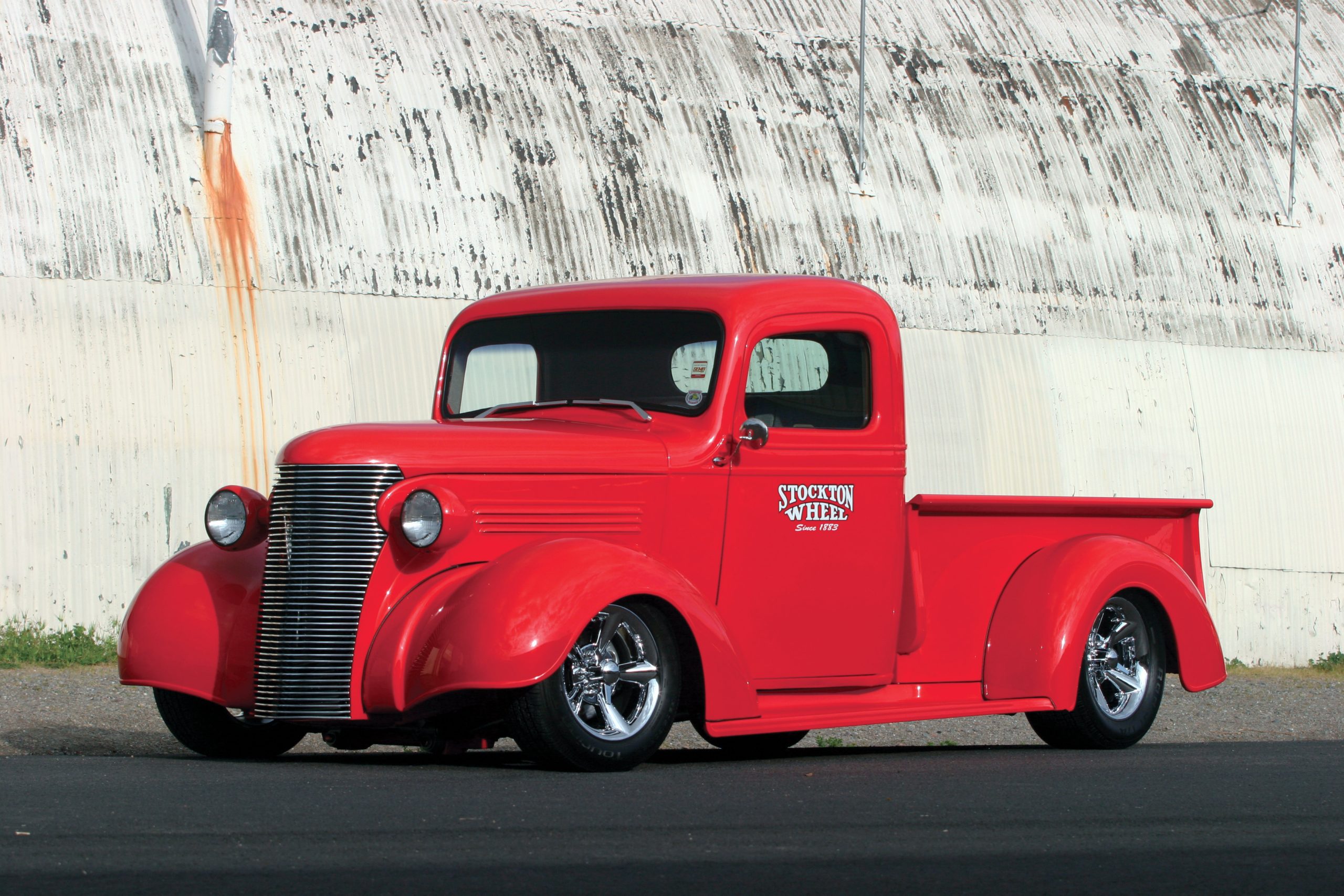
It is very apparent that when Frank Mauro wants something, he has the patience to wait for it. Take this ‘38 Chevy pickup, for example. Mauro had seen it in a storage yard for many years, but couldn’t convince the owner to sell it to him. It seems that the previous owner had a handle on patience himself, as the truck had actually been sitting for 25 years.
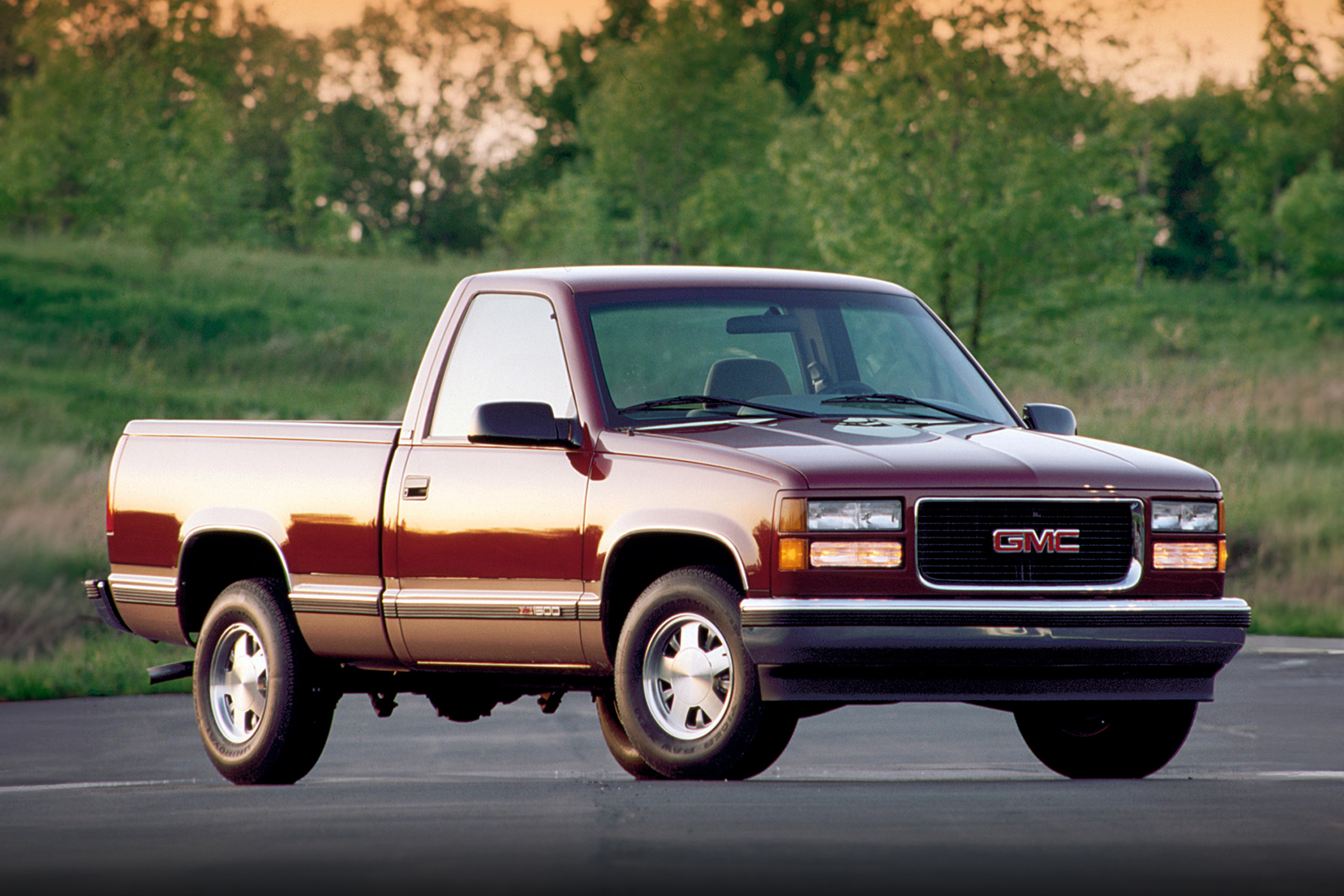
If you’re looking to take your 1988-1998 Chevy/GMC C1500 truck’s steering to the next level, you need to check out the Flaming River Power Rack and Pinion Cradle Kit for 88-98 Chevy/GMC 1500 series pickups. This power rack and pinion cradle kit is a total game-changer, designed for a direct bolt-in installation. Ditch that outdated steering and get ready for the precision and modern handling you’ve been dreaming of.
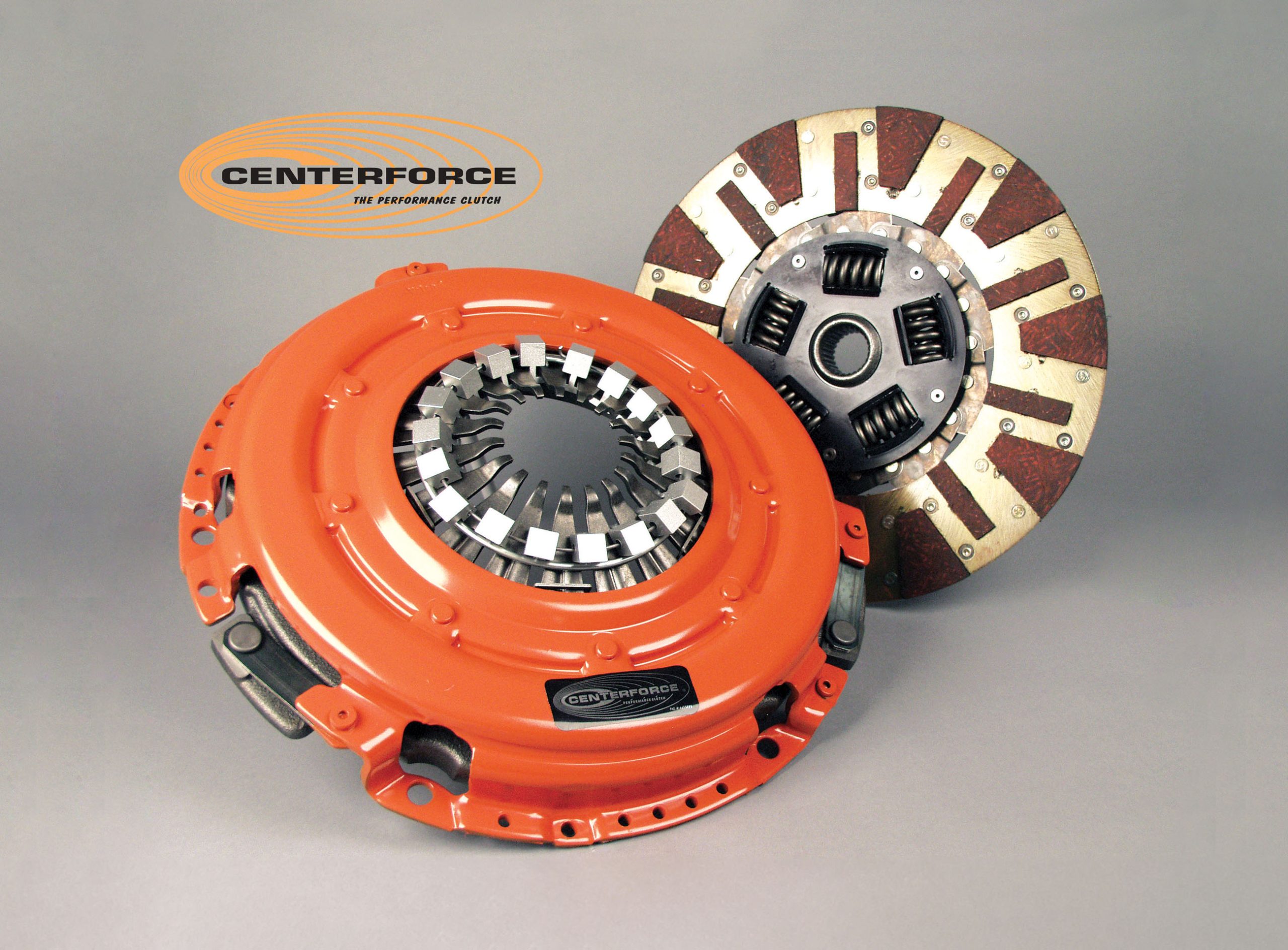
When it comes to enhancing the performance and reliability of performance cars, it seems as if enough is never enough, regardless of the vehicle, drivetrain or chassis. Then again, when you consider the problems that often cripple our cars despite the inherent strengths or improvements upon them, it’s often the driver that has the most detrimental effect on everything above the pavement.
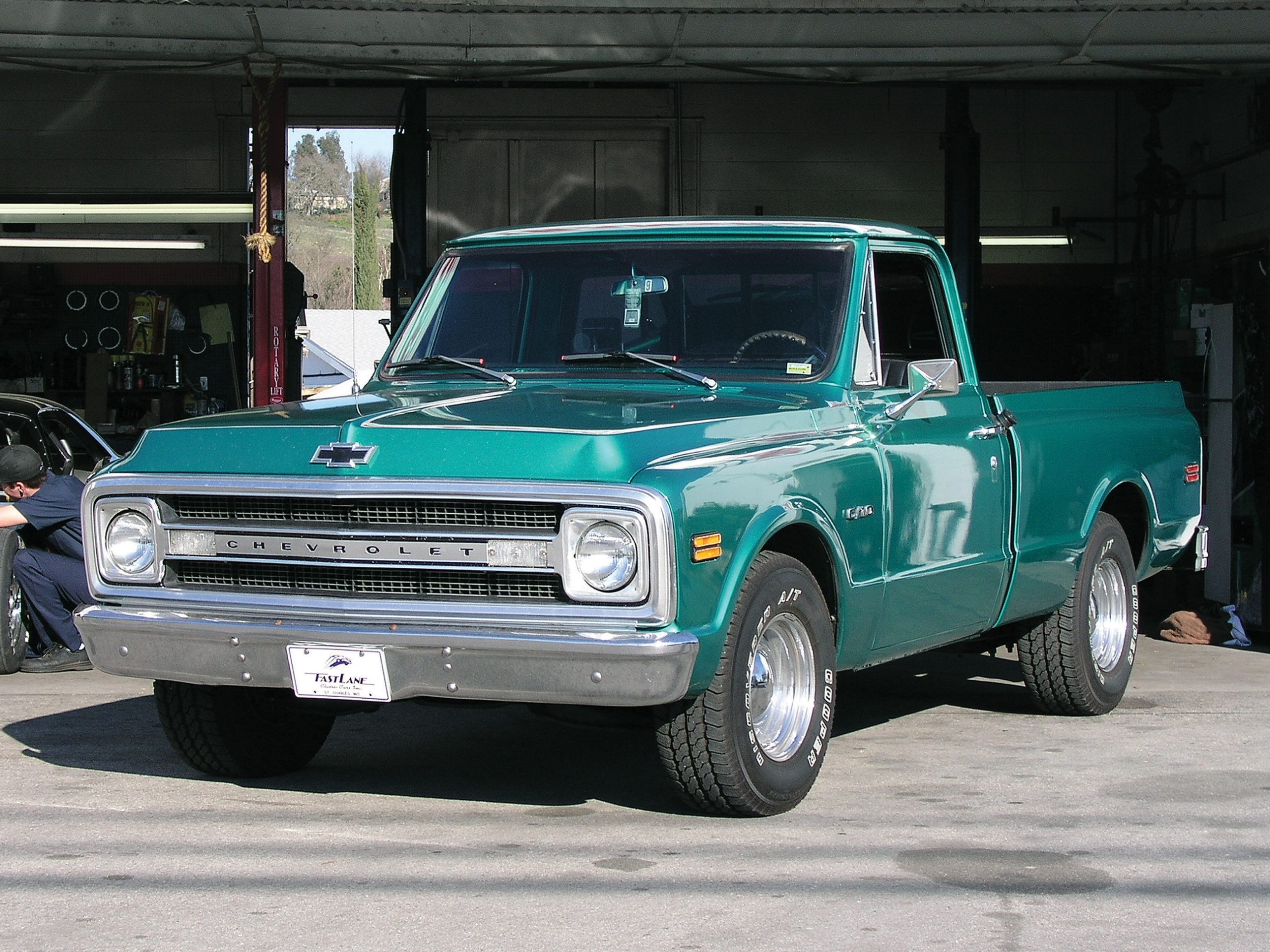
The Action Line C10 series, produced from 1967 to 1972, is one of the most popular of the classic era of Chevy trucks. They have been transformed into every form imaginable, from sweet shop trucks to double-throwdown showstoppers, from strip-burning quarter-pounders to boulder-flattening off-roaders, and certainly everything in between. We’ll long remember the days when a black ’70 stepside would pass you on the street, dumped low in the front with Americans all around, running fat rubber out back and sweet-sounding exhaust dumping out in front of the rear wheels. You just knew that guy had something trick in the garage at home, too.

Instant gratification. It’s an addicting thing whereby somewhat suddenly, you find compete satisfaction. It’s the opposite of long, laborious projects that linger on for years, doling out their pain and pleasure in measured portions along the way. Sure, it can be fulfilling, but few things are more fun than putting things in fast-forward and doing what should take a long time in a short time. TV shows are based on just such rewards in this ever-accelerating time we live in, and in a reversal, we now find life imitating art as hot rodders do their own versions of Overhaulin’; we like to call it Over-Thrashin’. Generally, there are no cameras whirling, no lights and no scripts. It’s just a bunch of hot rodders, a good garage and maybe stacks of empty pizza and parts boxes in the corner.




